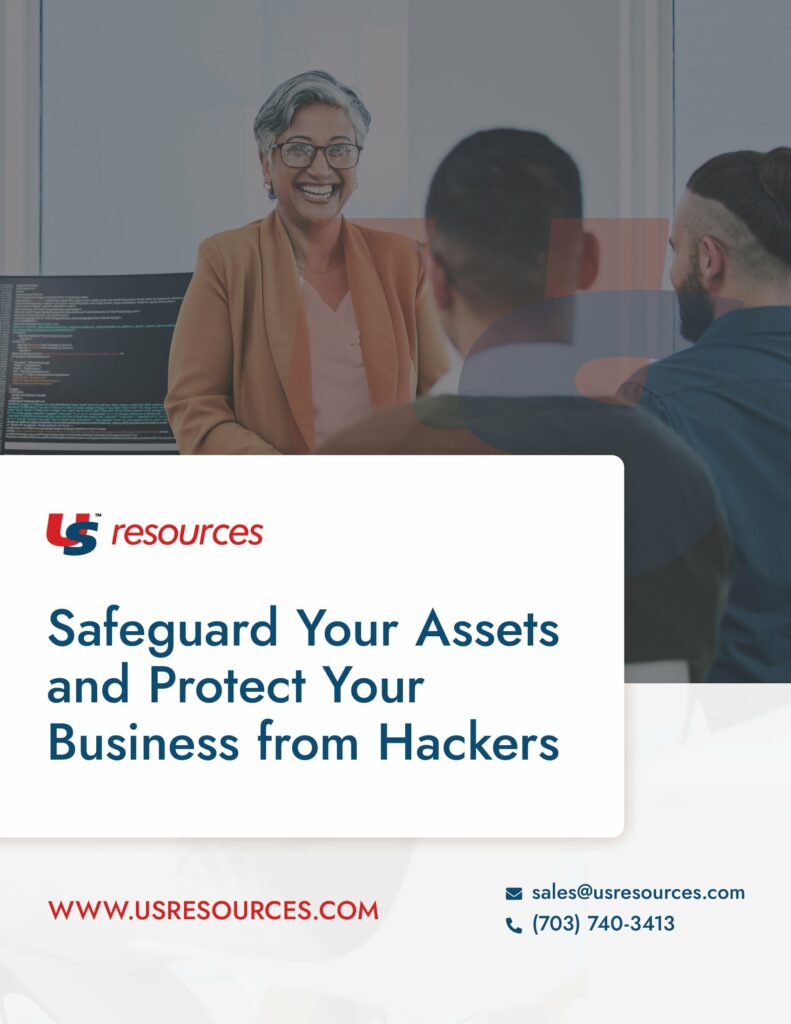Phishing attacks are becoming increasingly common as more and more people use the internet for various activities such as shopping, banking, and social media. These attacks can come in many forms—emails, text messages, or even phone calls—and can target anyone, from individual users to large corporations.
Often appearing to be from a legitimate source, such phishing attacks are actually sent by hackers trying to trick you into giving away sensitive information or financial data. But don’t worry—this blog post will equip you with the phishing prevention knowledge you need to recognize and avoid these attacks, keeping your data safe and secure.
Recognizing a Phishing Attempt
Half of phishing prevention is simply learning to recognize attacks. So, how do you know if that email or text message you received is a phishing attempt? There are a few red flags to look out for:
Suspicious Sender Address
Phishers often use email addresses that mimic legitimate ones but with slight variations. For example, an email supposedly from “customer-service@paypal.com” might be altered to “customer-services@paypall.com.”
Urgent or Alarming Subject Lines
Phishers use urgent or alarming subject lines to create a sense of panic. Subjects like “Your Account Has Been Compromised!” or “Immediate Action Required!” are social engineering tactics designed to prompt quick, thoughtless actions.
Poor Grammar and Spelling Errors
Legitimate companies usually have professional communication standards, so poor grammar and spelling errors can be a red flag. Phishing emails often contain awkward phrasing and noticeable mistakes. If an email looks unprofessional, it’s best to be cautious. However, as phishers use AI, these errors can become less noticeable, so rely on additional phishing indicators.
Generic Greeting
Phishing emails often use generic greetings like “Dear Customer” instead of addressing you by name. Legitimate companies will typically use personalized greetings. If an email lacks personalization, it could be an attempt to phish your information.
Suspicious Links
Always be wary of links in unsolicited emails. Hackers often use fake links that redirect you to a malicious website designed to steal your information. If you are unsure about the link, do not click on it.
Best Practices for Phishing Prevention
Now that you know how to recognize a phishing attack, here are some best practices for phishing prevention:
General Best Practices
- Verify the Sender’s Email Address: Always check the sender’s email address carefully. Looking for subtle changes that could indicate a fake address is an essential phishing prevention strategy.
- Hover Over Links: Before clicking any link, hover over it to see where it will take you. If the URL looks suspicious or doesn’t match the expected destination, it’s better to avoid it. There are also online tools like Link Checker that can scan for malware.
- Avoid Clicking on Suspicious Links or Attachments: If an email seems off, don’t click on any links or download any attachments. Instead, verify the content with the sender through a known, trusted communication channel.
- Use Multi-Factor Authentication (MFA): MFA adds an extra layer of security by requiring more than just a password to access an account. Enable MFA wherever possible to protect your sensitive information and help with phishing prevention.
- Keep Your Software and Systems Up-to-Date: Regularly updating your software and systems ensures you have the latest security patches, making it harder for hackers to exploit vulnerabilities.
Email Security Tips
- Use Spam Filters: Spam filters can help block phishing emails from reaching your inbox. Make sure your email provider’s spam filter is turned on and configured properly.
- Don’t Trust Unsolicited Emails: Be skeptical of unsolicited emails, especially those asking for sensitive information. Verify the sender’s authenticity before responding to any requests.
- Report Phishing Attempts: Most email providers have a system in place for reporting phishing attempts. By reporting these emails to your provider, you help improve spam filters and protect others.
Browser and Device Security
- Use Reputable Antivirus and Anti-Malware Software: Install reputable antivirus and anti-malware software to protect your devices from malicious attacks. Regular scans can help identify and remove threats.
- Enable Pop-Up Blockers: Pop-up ads can be used to distribute malware or lead to phishing sites. Enable pop-up blockers in your browser settings to avoid these risks.
- Avoid Public Wi-Fi for Sensitive Transactions: Public Wi-Fi networks are often less secure, making it easier for hackers to intercept your data. Avoid conducting sensitive transactions, like online banking, when connected to public Wi-Fi.
Protect Your Business with US Resources Managed Security Services
Phishing attacks are a serious threat, but you don’t have to face them alone. Partnering with a managed security service provider like US Resources can add an extra layer of protection to your phishing prevention strategy. Our services offer continuous monitoring, advanced threat detection, and professional guidance to keep your business safe. Reach out to US Resources today to learn more about how we can help safeguard your data and ensure peace of mind.


